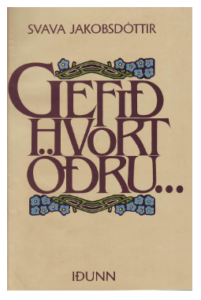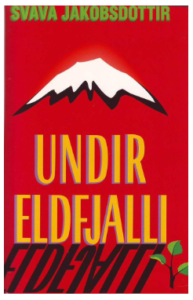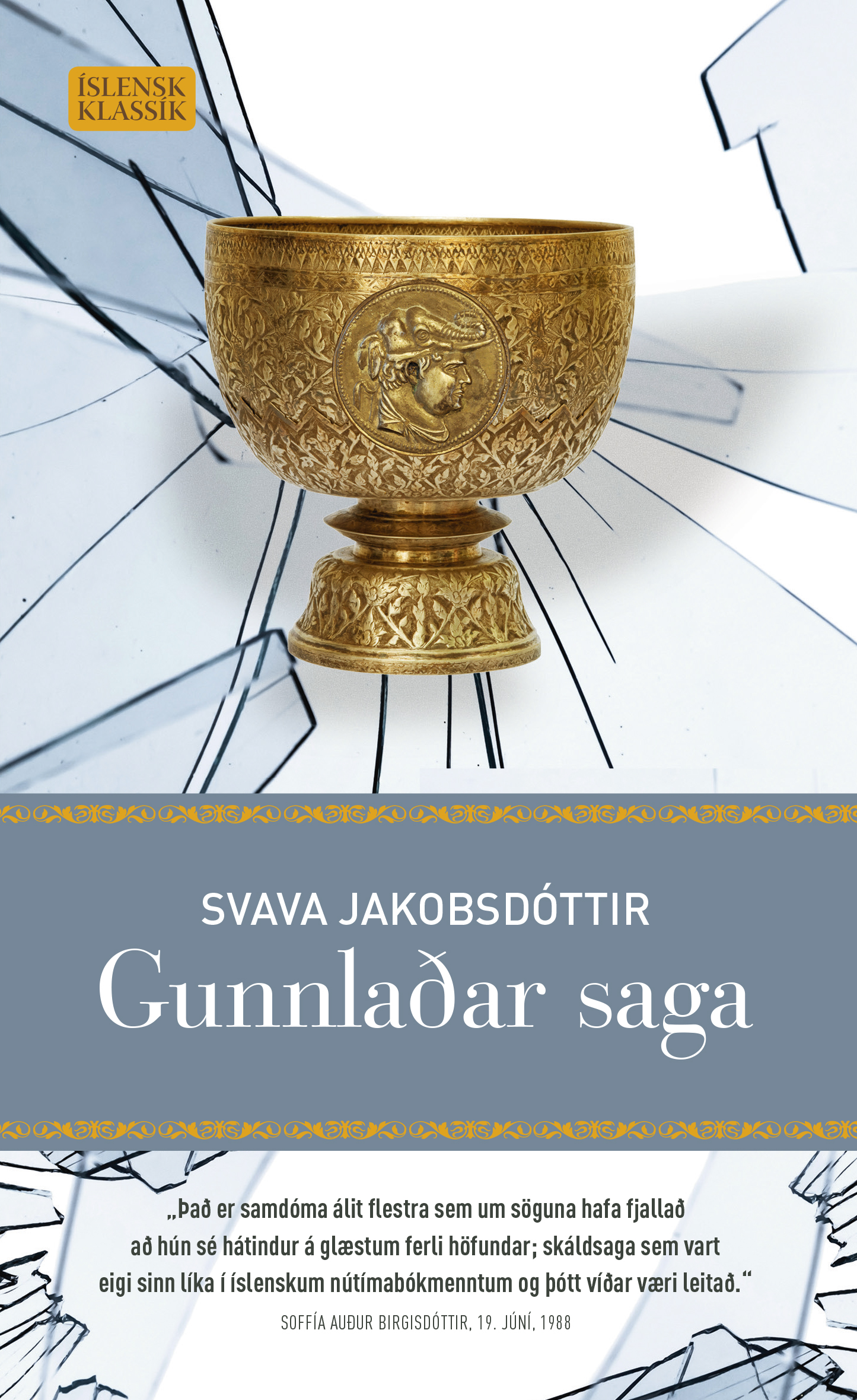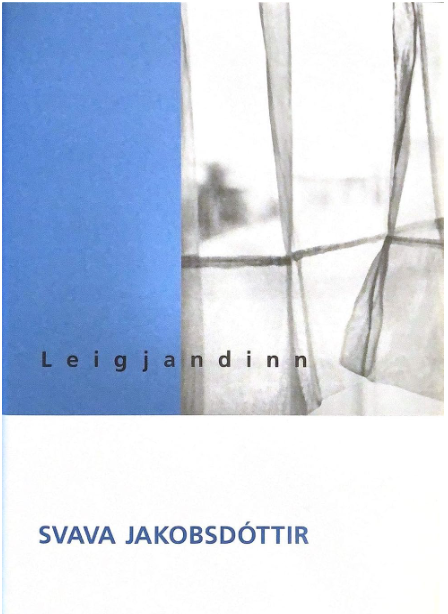Few Icelandic authors have mastered the concise art form of the short story as well as Svava Jakobsdottir. Her stories provide a powerful insight into Icelandic reality and strangeness, while simultaneously reflecting the multifaceted experience and complex relationship between the individual and society. They highlight the vulnerability and loneliness of humanity and are filled with existential peril as well as a unique beauty.
In addition to the three short story collections presented here, Svava has also published the short story collection Twelve Women (1965, Tólf konur).
“It was her use of language as a veritable surface of experience, whose fragility (and sometimes outrage) is perceptible in the text itself, that made Jakobsdottir Iceland’s leading short story writer with Tólf konur (1965; Twelve women) and Veizla undir grjótvegg (1967; Party Under a Stone Wall), a status reinforced when she collected her stories of the next decade and a half in Gefið hvort öðru … (1982; Give Unto Each Other …). Some of her stories are fantasies in which the impossible or the improbable (and sometimes the horrifying) is concretized in a cool, balanced, and “realistic” narrative.”
ASTRADUR EYSTEINSSON, A HISTORY OF ICELANDIC LITERATURE
(published by The University of Nebraska Press, Lincoln & London in 2006)
“Some of the stories in Party Under a Stone Wall are defined by the same sharp realism that characterized Svava’s first book, 12 Women. This holds for the volumes’ opening story, which is also the title story. It discusses the … new urban settlements and the settlers’ tendency to overreach. Efforts to simply build a roof over ones head turn into endeavors to build fortresses and chapels. Even the country and nature are not to be left outside and it is not enough to hang the traditional painting of the old homestead above the sofa. Entire mountains are transported into the home where they are made to feature as decorative stone walls in living rooms, as in the case of the couple in this story. But the wall also dominates the new home and symbolically separates husband and wife. … The ten stories in Party Under a Stone Wall are mostly concerned with the process of relocation, of creating homes that are mean to reflect a new type of existence. The women mostly stay behind the new walls whereas the men come and go …”
ASTRADUR EYSTEINSSON, BOKMENNTIR.IS
ABOUT PARTY UNDER A STONE WALL
“The axe in the dresser, the pun on “handiwork” and the discussion about the originality of the act comprise a disturbing humor that appears in many of Svava’s stories. The imagery in the story is both deadly serious and a dramatic reassessment of reality and the problematics of being a “whole” person. The stories are a diverse literary collection, ranging from the fantastical to psychoanalytical realism.”
ASTRADUR EYSTEINSSON, BOKMENNTIR.IS
ABOUT GIVE UNTO EACH OTHER…
“In all the stories, Jakobsdottir employs psychological realism, allowing us to see into the imaginations of the main characters or the narrator. Most of them also share the commonality that all these people are at turning points in their lives, having to confront themselves or long-past events that have had a decisive impact on their lives — without ever having realized it. These turning points can be likened to some sort of disasters and are underpinned by great tension, a kind of sulfurous smell before a volcanic eruption.”
SUSANNA SVAVARSDOTTIR, MORGUNBLADID DAILY
ABOUT UNDER THE VOLCANO
“Svava’s last short story collection, published in 1989 and entitled Under a Volcano, contains six stories. None of these stories are as fantastical as those in Party Under a Stone Wall or Give Unto Each Other…, but the rich use of symbols is a persistent characteristic of the author: sometimes obviously invoking but at other times tiptoeing up to the reader and quietly influencing perception before one wakes to them. Actually there is always a touch of fantasy and creative tension in Svava’s reworking of literary heritage and tradition.”
ASTRADUR EYSTEINSSON, BOKMENNTIR.IS
ABOUT UNDER A VOLCANO









